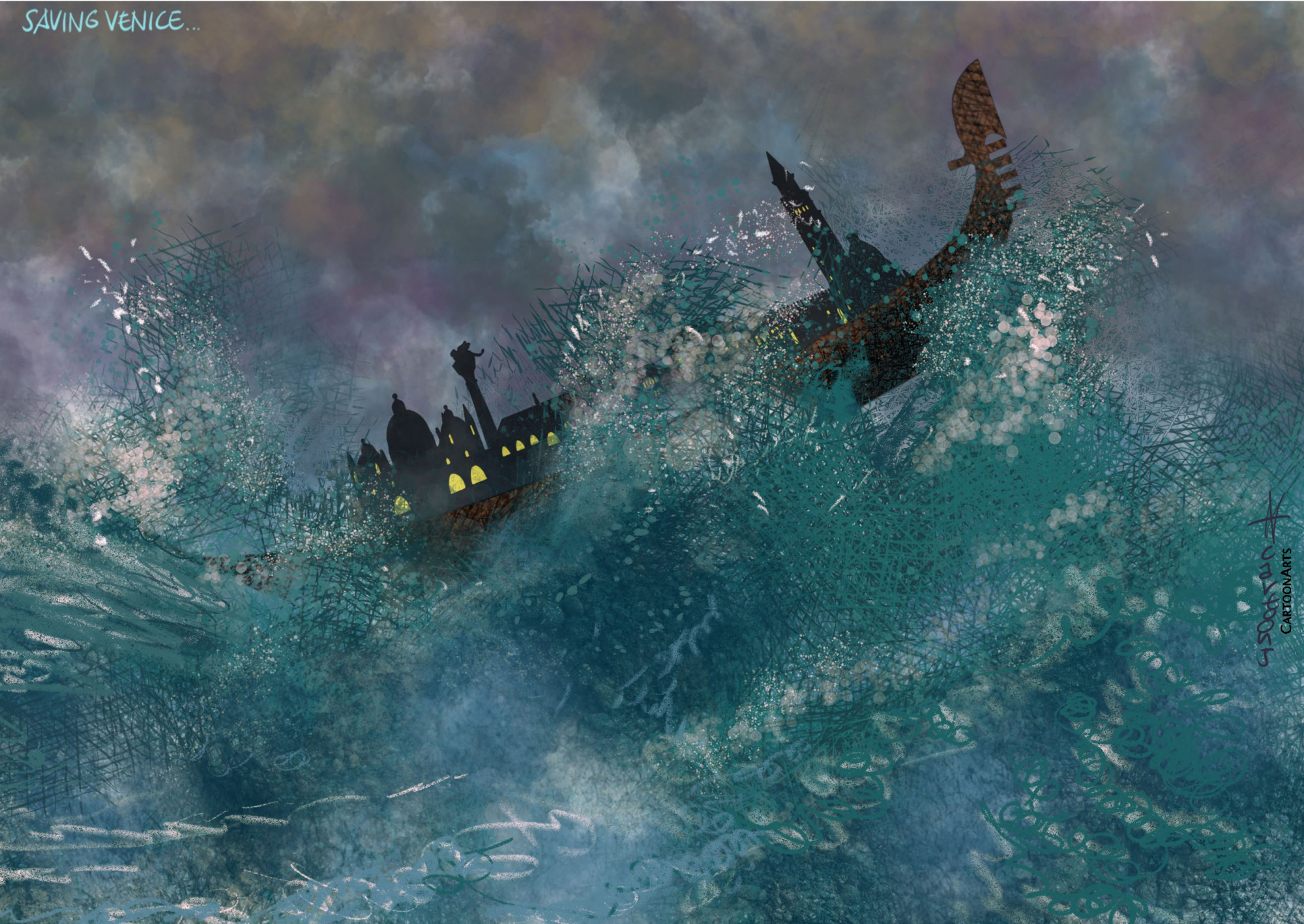Some of the worst flooding in Venice's history has submerged some of the historic city's renowned cultural sites, including St. Mark's Basilica on Piazza San Marco. This is only the sixth time the basilica has been flooded in 1,200 years, but the fourth time in the last two decades, and the second time in under 400 days. At this rate, Venice's fragile embroidery of calli, campi and palazzi, draped over sinking sediment, could be washed away within decades. But what about the people who populate them?
Ancient Romans used two words to describe cities: urbs, which referred to the edifices and infrastructure, and civitas, or an active and engaged citizenry. Today, the world is fretting over Venice's soaked and damaged urbs, which is, to be sure, extremely vulnerable even to minor sea-level rises, like those brought about by climate change. But it has largely failed to recognize the extent to which its civitas is unraveling.
Venice's population has been shrinking for decades. Today, there are just one-third as many Venetians as 50 years ago. But that decline is merely a symptom of a rapidly worsening disease: The reckless promotion of large-scale tourism and lack of investment in human capital.



















With your current subscription plan you can comment on stories. However, before writing your first comment, please create a display name in the Profile section of your subscriber account page.